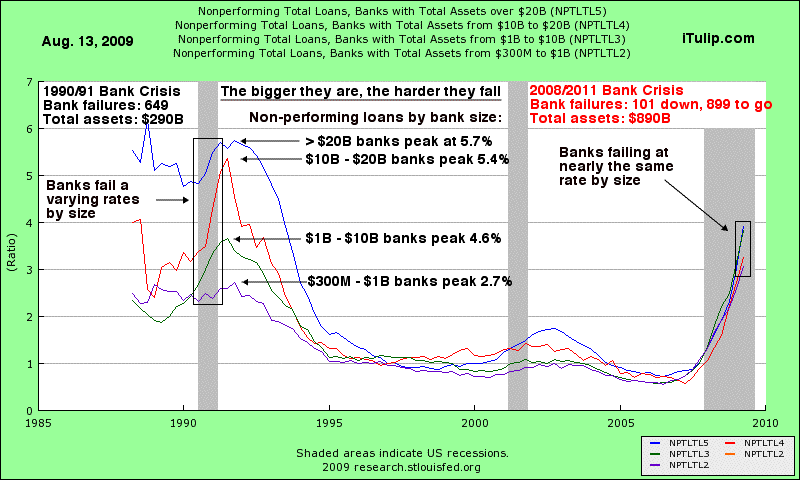27CDB6E-AE6D-11cf-96B8-444553540000" codebase="http://download.macromedia.com/pub/shockwave/cabs/flash/swflash.cab#version=9,0,0,0" >
Who is Kanas?
http://www.reuters.com/article/press...009+BW20090521
Investors led by John Kanas announced today that they have invested $900 million in a new depository institution that acquired the operations of BankUnited, FSB from the Federal Deposit Insurance Corporation, as Receiver. The investors include funds advised by The Blackstone Group, The Carlyle Group, Centerbridge Partners and WL Ross & Co.
After the close of business on May 21, 2009 the Office of Thrift Supervision closed BankUnited, FSB and appointed the FDIC as Receiver. The FDIC facilitated a sale of BankUnited`s operations, deposits, and assets to the newly formed depository institution. The transaction is the culmination of a competitive four-month auction process run by the FDIC. The new institution will retain the name BankUnited and will remain headquartered in Coral Gables, Florida. The new BankUnited, one of the strongest banks in Florida as a result of this transaction, re-commits itself to serving individuals, businesses and local communities throughout Florida and the Southeast.
Mr. Kanas, who is the former Chairman and CEO of North Fork Bancorporation, will become BankUnited`s Chairman and Chief Executive Officer.
Investors led by John Kanas announced today that they have invested $900 million in a new depository institution that acquired the operations of BankUnited, FSB from the Federal Deposit Insurance Corporation, as Receiver. The investors include funds advised by The Blackstone Group, The Carlyle Group, Centerbridge Partners and WL Ross & Co.
After the close of business on May 21, 2009 the Office of Thrift Supervision closed BankUnited, FSB and appointed the FDIC as Receiver. The FDIC facilitated a sale of BankUnited`s operations, deposits, and assets to the newly formed depository institution. The transaction is the culmination of a competitive four-month auction process run by the FDIC. The new institution will retain the name BankUnited and will remain headquartered in Coral Gables, Florida. The new BankUnited, one of the strongest banks in Florida as a result of this transaction, re-commits itself to serving individuals, businesses and local communities throughout Florida and the Southeast.
Mr. Kanas, who is the former Chairman and CEO of North Fork Bancorporation, will become BankUnited`s Chairman and Chief Executive Officer.

Comment